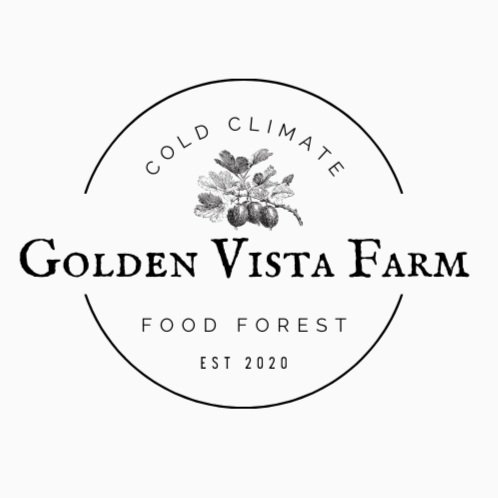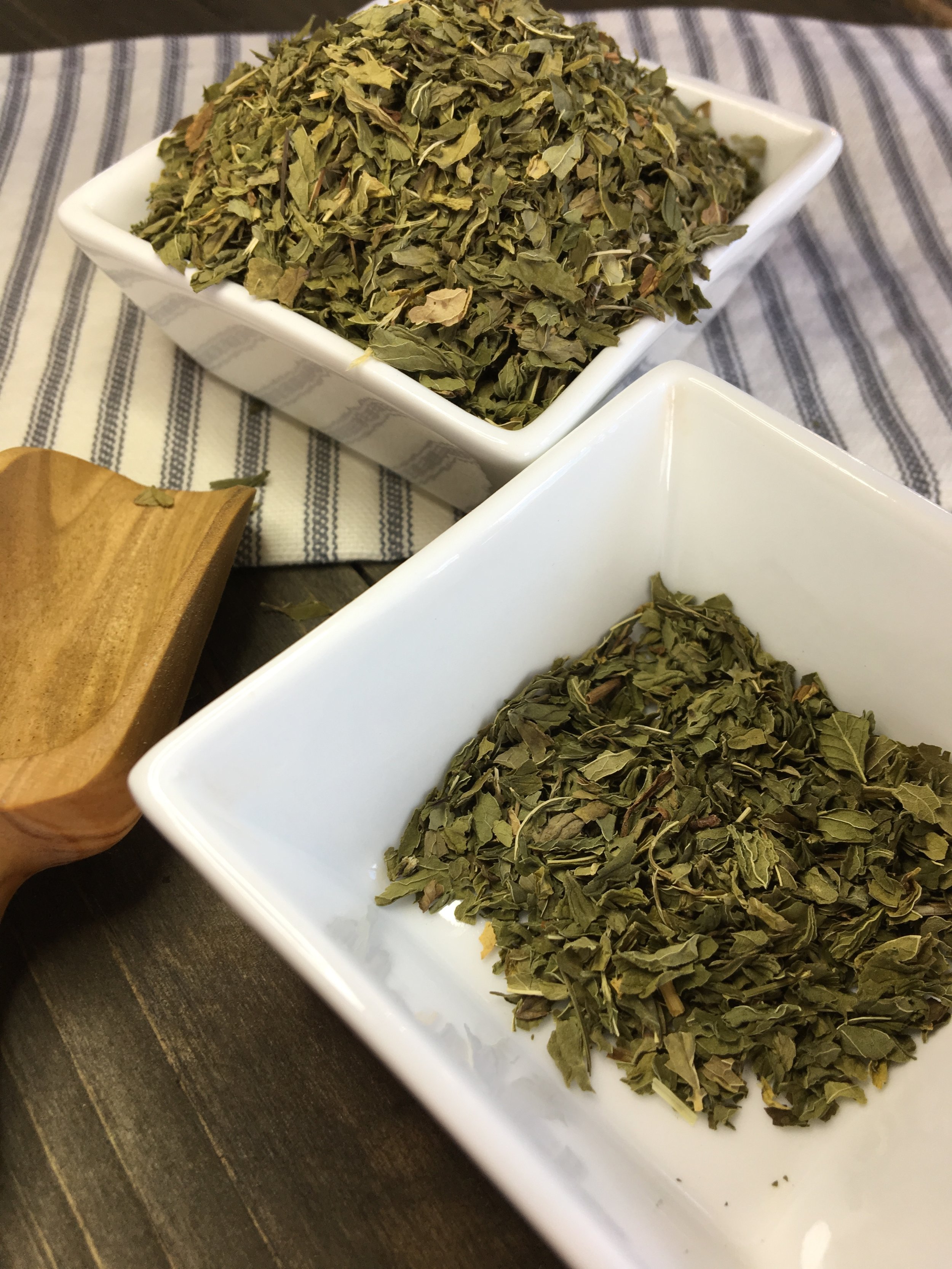Herbal Remedies for Beginners | How to Make a Tea and an Herbal Infusion
I thought it would be great fun to start a series on herbal remedies for beginner’s in this New Year. Looking back over my old posts I realized that I never actually started at “the beginning.” I really want herbalism to be utilized by everyone because it is such a valuable tool for wellness, but I get how incredibly confusing and intimidating it can be. So we’re going to start very simple and grow together in the process and learn how fun and easy it can be to use herbs in your very own kitchen.
Today’s topic is how to make a tea and an herbal infusion. Now while most everyone knows how to actually make a tea, I want to explain a few things and hopefully clear up some confusion. I also have some tips on making the perfect cup of tea.
For all the other posts in this mini series you can find them here:
Tea vs. tisane (herbal tea)
Quite literally when we say tea we are talking about a beverage made by steeping the leaves of the tea plant, camellia sinensis, in water. There are 5 basic kinds of tea, all of which come from the camellia sinensis plant but taste different because of how each type has been oxidized or fermented. They are white tea, black tea, green tea, oolong tea, and pur-erh tea.
In herbalism, when we say tea we actually mean a tisane which is made by taking an herb and steeping it in water. So same concept as tea, just with different plant material. I will be referring to tisanes as herbal teas as I find more people are comfortable with that terminology.
We know that actual tea contains healthy and beneficial nutrients such as anti-oxidants. The same is true of herbal teas with each type of herb having different nutrients, minerals, and vitamins. However, the amount of herb used per cup of water is relatively low which means the amount of nutrients is also relatively low. That’s where herbal infusions come in. You can see in this picture I have 1 teaspoon of spearmint leaves which is for tea making, and 1/2 ounce of spearmint leaves for an herbal infusion. Quite a huge difference!
What is an herbal infusion?
An herbal infusion is a much strong version of an herbal tea. While tea and herbal teas are generally enjoyed for their taste and not necessarily their nutrients, (although you are utilizing them to some extent) an herbal infusion is drunk specifically for the beneficial properties. An herbal infusion is made from the more tender parts of a plant such as the leaves and flowers. If you have a harder plant material, such as the root or bark, you will want to learn how to make a decoction.
How to make tea
Now I’m not one to get all crazy technical when I brew a cup of tea, but there are a few guidelines to follow that will make sure you brew a tasty cup!
Temperature is huge in making sure your tea tastes delicious. And different varieties of tea need different water temps as follows:
White & Green Tea | 170°-180° F
Oolong Tea | 195° F
Black & Pu-erh Tea | 212° F
Herbal Tea | 212° F
Brew time is the other huge factor. Brewing for too short will result in a weak cup and too long can cause a bitter tasting tea. So here are some basic brew times to follow:
White & Green Tea | 2-3 minutes
Oolong Tea | 4-7 minutes
Black & Pu-erh Tea | 3-5 minutes
Herbal Tea | 5-7 minutes
Personally I do not use a thermometer when brewing tea because I’m lazy. HA! So if you’re like me, here a few tips on eyeballing your water temperature:
180° F | Bubbles form on the bottom of the pot
195° F | Bubbles just begin to rise
212° F | Full rolling boil
How to make an herbal infusion
As I mentioned above, making an herbal infusion is a slightly different preparation from a tea as the purpose is (generally) a bit different. An herbal infusion will give you more nutrients per cup because you will be using a much larger amount of plant material.
The general rule of thumb is 1 oz of dried plant material per 4 cups (1 quart) of water. Sometimes I use 1/2 ounce just depending on the herb I choose. And yes, weighing out the herbs is important since it’s much more accurate and a great way to ensure you’re getting a good dose. However, if you really don’t have a scale, then I’d recommend using roughly 1/2 to 1 cup of herb per 4 cups water.
Bring your water to a boil
Place your herb of choice into a heat safe glass jar or container with a lid
Pour the boiling water over your herb, give it a quick stir, and cover.
Allow this to sit on your counter for at least 4 hours, or overnight.
Strain off the herb and drink!
I find it easiest to make a batch right before bed and then I have a whole quart ready for me in the morning. If you do not wish to drink it all in one day, simply store it in the fridge. You can then either drink it cold (which I actually prefer) or gently reheat on the stove. It is generally recommended that you drink within 24-36 hours of making for the most nutrients. After that time period it is perfectly acceptable to water your houseplants with the leftover infusion. 😊
A few very popular herbal infusions are:
Nettle leaf
Peppermint or spearmint
Lemon Balm
Chamomile
Red Clover
Cold Vs. Hot Infusions
If you want to dive even deeper into infusions, then check out the difference between cold and hot infusions. All herbs contain different active constituents which means they will break down differently in hot or cold water.
Hot water infusions will break down tougher elements such as more of the vegetable tissues and tannins.
Cold water infusions are better used for herbs high mucilage and other constituents. Examples would be peppermint, chamomile, and marshmallow.
For further reading on cold vs. hot infusions check out this article.
At this point, if you are new to herbs, don’t worry too much about all the technical stuff. Because while, yes, you may extract more nutrients using a certain method, the important thing is to just start. Guaranteed no matter how you make your herbal tea or infusion, you will be reaping the benefits and for that your body will thank you.
Experiment time
Now it’s your turn! It’s one thing to read an article and nod your head and say, “sure, sure, I can totally do that.” And it’s quite another to actually get in there with the herbs and do it yourself. Hands on is what herbalism is all about. So go pick one herb—something simple, like peppermint, chamomile, or lemon balm. First make an herbal tea with your herb of choice, sip it slowly and see how it makes you feel. Then try making an herbal infusion and note the differences in strength and taste!
WHERE TO PURCHASE
I appreciate you taking the time to read my blog! By purchasing through one of my affiliate links you will not spend a penny more, but you are allowing me to receive a small commission. This allows me to keep posting great content for you. Thanks for your support! Read more here.
If you are unable to grow your own herbs, or find ingredients locally, then here are two of my favorite places to buy bulk ingredients:
This company is where I purchase the majority of my seeds. Great selection of heirloom and/or organic seeds:
These are hands down my favorite seed starting trays and pots. These are heavy duty and don’t crumple when you pop your plants out! Definitely worth the investment in my opinion.










